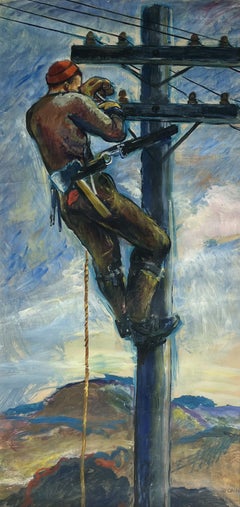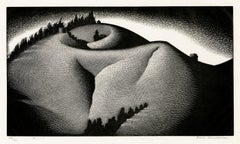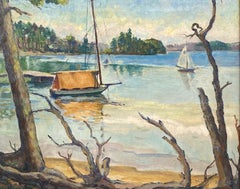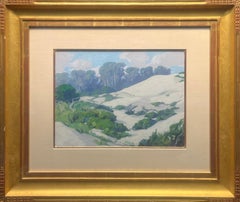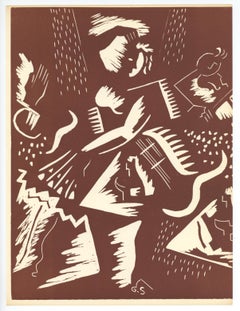1930s Art
American Realist 1930s Art
Paper, Gouache
American Modern 1930s Art
Woodcut
American Modern 1930s Art
Egg Tempera, Board
Post-Impressionist 1930s Art
Canvas, Oil
Impressionist 1930s Art
Oil, Board, ABS
Futurist 1930s Art
Linocut
Fauvist 1930s Art
Oil
American Realist 1930s Art
Etching
Cubist 1930s Art
Laid Paper, Etching
American Modern 1930s Art
Drypoint, Etching
1930s Art
Lithograph
American Modern 1930s Art
Lithograph
American Modern 1930s Art
Lithograph
Renaissance 1930s Art
Lithograph
Futurist 1930s Art
Gouache
Modern 1930s Art
Canvas, Oil
Surrealist 1930s Art
Tempera
Impressionist 1930s Art
Oil
Vienna Secession 1930s Art
Paper
1930s Art
Gouache, Illustration Board, Pen, Pencil
American Impressionist 1930s Art
Woodcut
Modern 1930s Art
Canvas, Oil
Art Deco 1930s Art
Silver Gelatin
Impressionist 1930s Art
Canvas, Paint, Oil, Gesso
Modern 1930s Art
Black and White, Silver Gelatin
American Modern 1930s Art
Canvas, Oil
Abstract Geometric 1930s Art
Fauvist 1930s Art
Lithograph
Modern 1930s Art
Lithograph
Tonalist 1930s Art
Oil
American Modern 1930s Art
Charcoal, Paper
Art Deco 1930s Art
Bronze
American Realist 1930s Art
Paper, Watercolor
1930s Art
Paper, Gouache
Impressionist 1930s Art
Oil
Art Deco 1930s Art
Paper, Ink, Gouache
American Realist 1930s Art
Canvas, Oil
1930s Art
Etching
Realist 1930s Art
Etching
American Modern 1930s Art
Paper, Charcoal
Art Deco 1930s Art
Linen, Paper, Lithograph
Impressionist 1930s Art
Woodcut
1930s Art
Pencil
American Impressionist 1930s Art
Oil
Modern 1930s Art
Lithograph
French School 1930s Art
Oil, Illustration Board, Monotype
American Modern 1930s Art
Paper, Watercolor
Realist 1930s Art
Watercolor
Modern 1930s Art
Drypoint, Etching
Impressionist 1930s Art
Canvas, Oil
Modern 1930s Art
Black and White
1930s Art
Lithograph, Stencil
Impressionist 1930s Art
Pastel
American Realist 1930s Art
Watercolor, Gouache, Archival Paper
Art Deco 1930s Art
Paper, Lithograph
Impressionist 1930s Art
Oil, Board
Art Deco 1930s Art
Paper
Post-Impressionist 1930s Art
Oil, Board
Art Deco 1930s Art
Linen, Paper, Lithograph
Realist 1930s Art
Canvas, Oil
